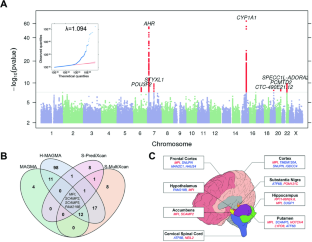2024-06-18 ジョージア工科大学
<関連情報>
- https://research.gatech.edu/novel-use-existing-drug-could-significantly-cut-heart-attack-risk
- https://www.ahajournals.org/doi/10.1161/ATVBAHA.123.319044
N-アセチルシステインがマウスとインビトロで用量依存的に動脈血栓症を予防する N-Acetyl Cysteine Prevents Arterial Thrombosis in a Dose-Dependent Manner In Vitro and in Mice
Christopher A. Bresette,Katrina J. Ashworth,Jorge Di Paola andDavid N. Ku
Arteriosclerosis, Thrombosis, and Vascular Biology Published21 Dec 2023
DOI:https://doi.org/10.1161/ATVBAHA.123.319044
Abstract
BACKGROUND:
Platelet-rich thrombi occlude arteries causing fatal infarcts like heart attacks and strokes. Prevention of thrombi by current antiplatelet agents can cause major bleeding. Instead, we propose using N-acetyl cysteine (NAC) to act against the protein VWF (von Willebrand factor), and not platelets, to prevent arterial thrombi from forming.
METHODS:
NAC was assessed for its ability to prevent arterial thrombosis by measuring platelet accumulation rate and occlusion time using a microfluidic model of arterial thrombosis with human blood. Acute clot formation, clot stability, and tail bleeding were measured in vivo with the murine modified Folts model. The effect of NAC in the murine model after 6 hours was also measured to determine any persistent effects of NAC after it has been cleared from the blood.
RESULTS:
We demonstrate reduction of thrombi formation following treatment with NAC in vitro and in vivo. Human whole blood treated with 3 or 5 mmol/L NAC showed delayed thrombus formation 2.0× and 3.7× longer than control, respectively (P<0.001). Blood treated with 10 mmol/L NAC did not form an occlusive clot, and no macroscopic platelet aggregation was visible (P<0.001). In vivo, a 400-mg/kg dose of NAC prevented occlusive clots from forming in mice without significantly affecting tail bleeding times. A lower dose of NAC significantly reduced clot stability. Mice given multiple injections showed that NAC has a lasting and cumulative effect on clot stability, even after being cleared from the blood (P<0.001).
CONCLUSIONS:
Both preclinical models demonstrate that NAC prevents thrombus formation in a dose-dependent manner without significantly affecting bleeding time. This work highlights a new pathway for preventing arterial thrombosis, different from antiplatelet agents, using an amino acid derivative as an antithrombotic therapeutic.



